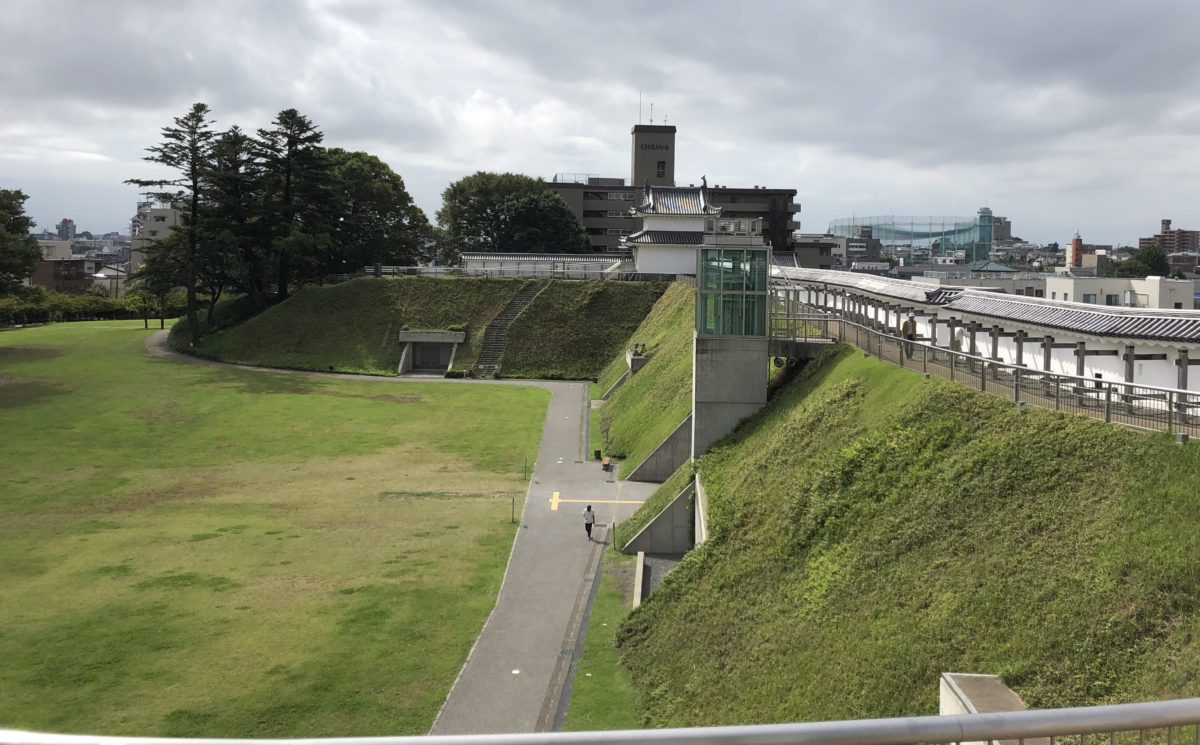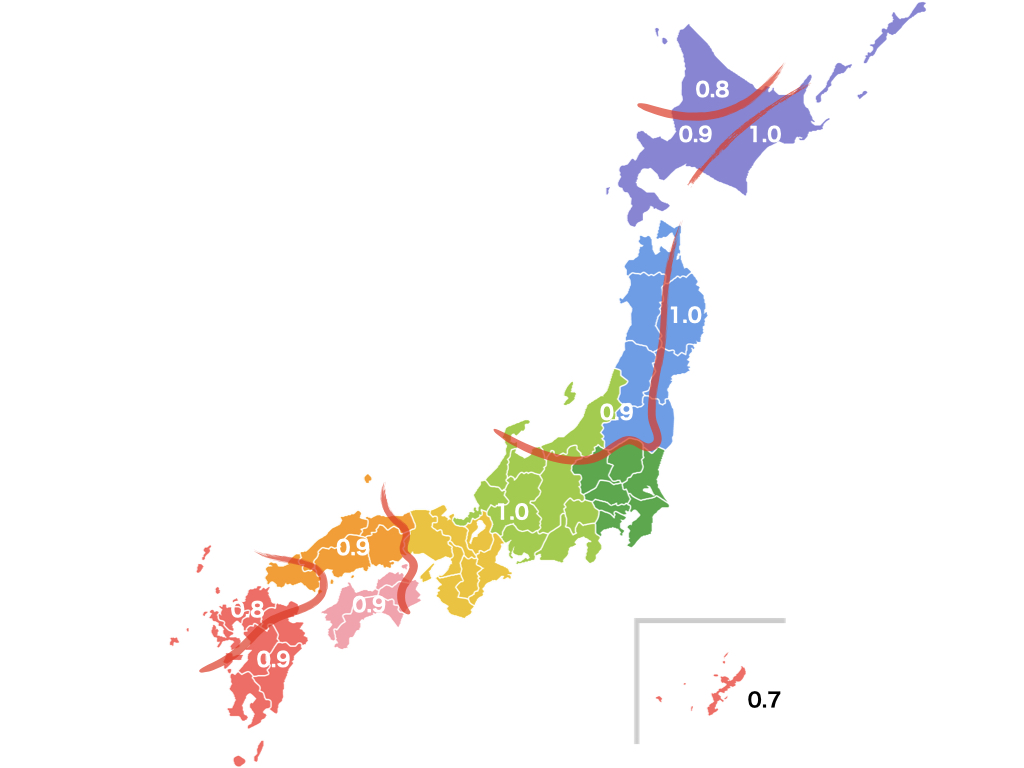Hello! My name is Yamaken.
I usually publish information about architecture, urban planning, and real estate that is useful for my work.
This time, we will be discussing the calculation of seismic forces from the structure of first-class architects departmental exam.
Now, let me quickly explain the enforcement order.
Even if the size of the building and the ground are the same, the earthquake force varies by region in Japan. For more information on seismic coefficients for different regions, please refer to the following article (in Japanese).
Earthquake force: Qi
The earthquake force at ground level is calculated as follows: Qi = ΣWi (sum of Dead load and Live load on each floor + snow load in case of snow area) * Ci.
ΣWi (Dead load + Live load + Snow load) * Snow load is for areas with heavy snowfall.
Dead load;Calculated according to the actual condition of the building, but for the parts of the building listed in the table in Article 84 of the Building Standards Law Enforcement Ordinance (roofs, wooden sheds, ceilings, floors, and walls), the unit area load (N/m2 ) * area in the table is used.
Live load; Calculated according to the actual condition of the building, but for the rooms listed in the table in Article 85 of the Order, the values in the same table can be used.
Snow load; vertical snow accumulation (cm) * 20N/m2 * horizontal projected area of roof Article 86 of the Order.
Ci=ZRtAi*Co
Z: Value between 1.0 and 0.7 (Ministry of Construction Notification No. 1793, 1980)
A value of 0.7 is specified for Okinawa Prefecture, 0.8 for parts of Hokkaido, Yamaguchi, Fukuoka, Saga, Nagasaki, Kumamoto, Oita, and Kagoshima Prefectures, and 0.9 or 1.0 for the rest of Japan.
Rt: Vibration characteristics of buildings (see previous articles)
Ai: Seismic layer shear distribution coefficient (Ministry of Construction Notification No. 1793, 1980, No. 3)
Co: Standard shear force coefficient (0.2 or 0.3 or higher, 1.0 for required horizontal holding capacity calculation)
Earthquake forces acting below the ground
The earthquake forces acting below the ground force acting on the basement is calculated as Qi = K* (Dead load + Live load).
K is the horizontal seismic intensity, which is obtained by K≥0.1(1-H/40)Z.
H is the depth from the ground surface, and if it exceeds 20m, it is 20m.






